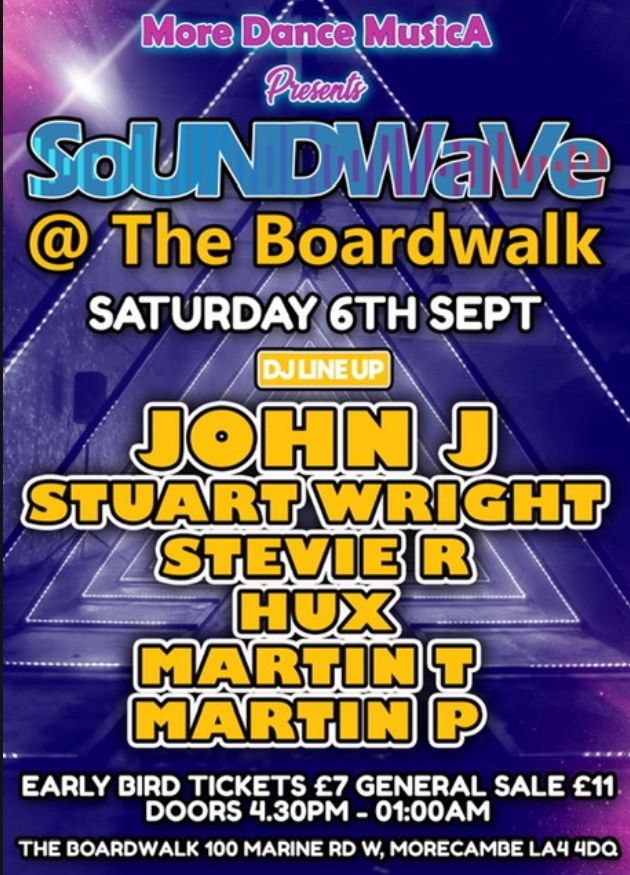

Old Skool Rave Events
Old skool rave events are a nostalgic celebration of the underground dance music scene that emerged in the late 1980s and early 1990s. These gatherings are a throwback to a time when raves were often held in secret locations, such as warehouses, fields, and abandoned buildings, creating an electrifying atmosphere full of excitement and spontaneity. The essence of old skool raves lies in their raw energy, community spirit, and the unfiltered joy of dancing to the beats that defined a generation.
At the heart of old skool rave culture is the music. Genres like acid house, jungle, and early techno dominated the scene, characterized by their infectious beats and hypnotic melodies. DJs played a crucial role, spinning vinyl records and mixing tracks live, often creating unique sets that would keep the crowd moving for hours. The music was not just a backdrop; it was a catalyst for connection, encouraging attendees to lose themselves in the rhythm and experience a sense of freedom and euphoria.
The visual aspects of old skool raves were equally important. Many events featured vibrant light shows, strobe lights, and psychedelic decorations that transformed the space into a surreal wonderland. The use of visuals was designed to enhance the experience, creating an immersive environment where attendees could fully engage with the music and the moment. This combination of sound and sight contributed to the magical atmosphere that defined old skool raves.
Another defining characteristic of these events was the sense of community and belonging. Rave culture was built on principles of peace, love, unity, and respect, often abbreviated as PLUR. This ethos fostered an inclusive environment where people from diverse backgrounds could come together to celebrate their shared love for music and dance. It was common to see strangers becoming friends on the dance floor, united by the beats and the collective experience of the rave.
The fashion of old skool raves also played a significant role in the culture. Attendees often wore bright, colorful clothing, with an emphasis on self-expression and individuality. Accessories like glow sticks, kandi bracelets, and face paint were popular, adding to the vibrant atmosphere.
This eclectic style reflected the creativity and freedom that defined the rave scene, allowing participants to showcase their personalities and embrace the spirit of the event.
As the years have passed, old skool rave events have evolved but continue to capture the essence of the original gatherings. Many modern events pay homage to this era, featuring classic tracks and inviting legendary DJs who helped shape the scene. These events often attract a mix of older ravers reminiscing about their youth and younger generations eager to experience the magic of old skool culture.
In addition to the music and community, old skool rave events often serve as a platform for social change. Many organizers use their events to raise awareness about issues such as mental health, drug safety, and the importance of community support. By promoting positive messages and fostering a sense of responsibility, old skool raves can inspire attendees to engage with important social causes.
In conclusion, old skool rave events are a celebration of music, community, and the unifying power of dance. They encapsulate a time when raves were an underground phenomenon, characterized by their raw energy and vibrant culture.
Whether you’re reliving the memories of the past or experiencing it for the first time, old skool raves offer an unforgettable journey into the heart of dance music history. The spirit of these events lives on, reminding us of the joy and connection that music can bring to our lives.
Copyright © 2025 More Dance MusicA - All Rights Reserved.
